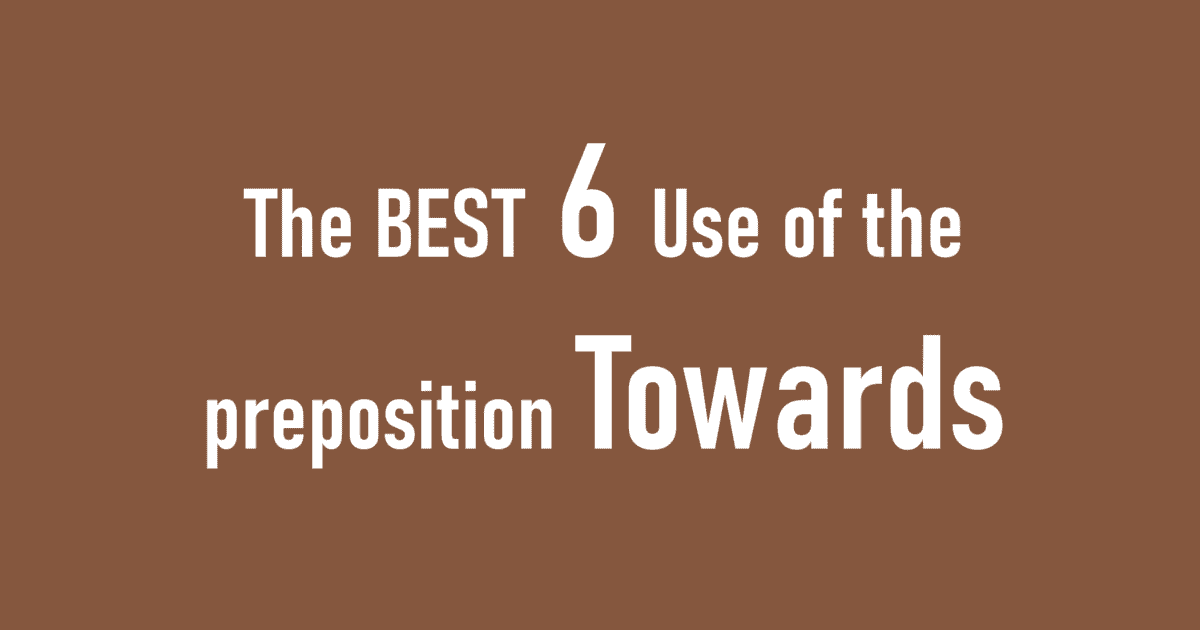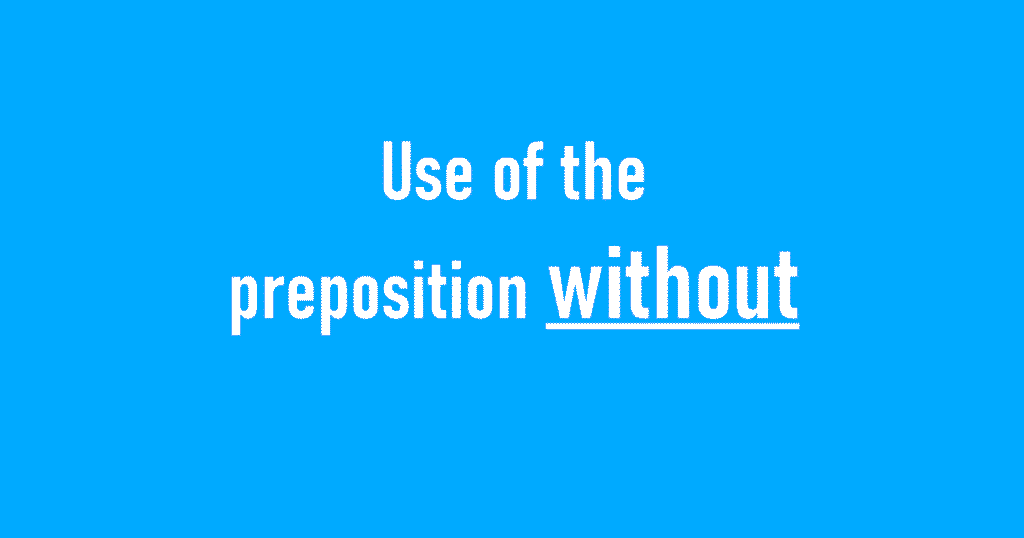Use of the preposition Towards. The preposition “towards” is a common yet subtly versatile word in the English language. While often understood simply as indicating direction, its meaning extends beyond mere spatial movement. “Towards” can convey intention, approximation, and even emotional inclinations. Understanding the nuances of its usage is crucial for precise and effective communication. This comprehensive guide will delve into the various ways “towards” is employed, providing examples and explanations to help you confidently navigate its subtleties.
Use of the preposition Towards
1. Direction and Movement: The Core Meaning
The most straightforward usage of “towards” indicates physical movement or direction. It signifies movement in the direction of or in the general direction of something. Unlike “to,” which usually implies reaching a specific destination, “towards” emphasizes the orientation of the movement rather than necessarily achieving arrival.
- Examples:
- “The car was driving towards the city center.” (The car is headed in the direction of the city center, but it might not reach it.)
- “She walked towards the door, hesitant to leave.” (She’s moving in the direction of the door, showing she’s considering leaving.)
- “The river flows towards the sea.” (The general direction of the river’s flow is seaward.)
- “He leaned towards her to whisper something in her ear.” (He’s moving his body in her direction.)
Notice how in each example, “towards” establishes a sense of orientation without guaranteeing arrival or completion. This is a key distinction between “towards” and “to.”
2. Indicating Tendency and Inclination
Beyond physical direction, “towards” can also express a leaning, inclination, or tendency towards something. This usage often relates to feelings, opinions, or behaviors.
- Examples:
- “He has a strong leaning towards environmental activism.” (He’s inclined to participate in or support environmental activism.)
- “The evidence points towards his guilt.” (The evidence suggests or indicates that he is likely guilty.)
- “She felt a growing affection towards her new colleagues.” (She was developing feelings of affection for them.)
- “The company is moving towards a more sustainable business model.” (The company is adopting practices that are more environmentally friendly.)
- “Public opinion is shifting towards supporting stricter gun control laws.” (More people are becoming supportive of stricter gun control laws.)
In these instances, “towards” conveys a gradual shift or a developing tendency rather than a complete transition. It implies a movement in a specific direction but without the certainty of reaching a definitive conclusion.
3. Expressing Intention and Purpose
Similar to inclination, “towards” can also indicate intention or purpose. It suggests that actions are being taken with the aim of achieving something.
- Examples:
- “All our efforts are geared towards improving customer satisfaction.” (Our efforts are intended to make customers more satisfied.)
- “The funds will be used towards building a new school.” (The money will contribute to the cost of building a new school.)
- “He is working hard towards achieving his degree.” (He’s putting in the effort with the goal of earning his degree.)
- “The government is implementing policies towards reducing carbon emissions.” (The policies are designed to help lower carbon emissions.)
- “We are taking steps towards resolving the conflict.” (We’re initiating actions aimed at finding a solution to the conflict.)
Here, “towards” highlights the objective or goal that motivates the actions being described. It signifies a deliberate effort being made in a specific direction.
4. Denoting Approximation and Estimates
“Towards” can also be used to indicate an approximate amount or time. This usage conveys a sense of being close to or in the vicinity of a specific value.
- Examples:
- “The meeting lasted towards two hours.” (The meeting took approximately two hours, perhaps slightly less or more.)
- “She arrived towards the end of the party.” (She arrived close to the time the party was ending.)
- “He estimated the cost to be towards $500.” (He believes the cost will be around $500.)
- “The temperature dropped towards freezing.” (The temperature became close to freezing.)
In this context, “towards” serves as a qualifier, acknowledging that the stated value is not exact but rather a reasonable approximation.
5. Differentiating “Towards” from “To”
The distinction between “towards” and “to” is subtle but significant. As mentioned earlier, “to” typically implies reaching a specific destination or achieving a complete transition, while “towards” emphasizes the direction or orientation of the movement without necessarily guaranteeing its completion.
Consider these examples:
- “He walked to the store.” (He reached the store.)
- “He walked towards the store.” (He walked in the direction of the store, but he may not have reached it.)
- “The project is complete to the last detail.” (The project is entirely finished.)
- “The project is moving towards completion.” (The project is in the process of being finished.)
The key difference lies in the level of certainty and completion implied by each preposition. “To” suggests arrival or attainment, while “towards” signifies progress or direction.
6. Grammatical Considerations
- “Towards” vs. “Toward”: Both “towards” and “toward” are grammatically correct, but “towards” is more common in British English, while “toward” is more prevalent in American English. The choice between them is largely a matter of regional preference.
- Following Verbs: Be mindful of the verb tense and context when using “towards.” Ensure that the verb tense aligns with the ongoing or progressive nature often implied by “towards.” For example, use continuous tenses (e.g., “is moving towards,” “was heading towards”) to emphasize the ongoing process.
Conclusion: Mastering the Subtleties of “Towards”
“Towards” is a versatile preposition with a range of applications beyond its basic meaning of direction. Understanding its ability to express inclination, intention, approximation, and progress is crucial for effective communication. By mastering the nuances of “towards” and its distinction from “to,” you can add precision and clarity to your writing and speech, ensuring that your message is conveyed with accuracy and impact. Remember to consider the context and desired emphasis when choosing between “towards” and other similar prepositions, and you’ll be well on your way to confidently navigating the subtleties of this valuable word.
Read Also,
- Learn all prepositions
- Use of the preposition above
- Use of the preposition about
- What is Religion
- News in Hindi
- Human vs AI
- Very Important Word Lists
>>> Sir Sahil

